Nemesia: care of the «jewel of the Cape»

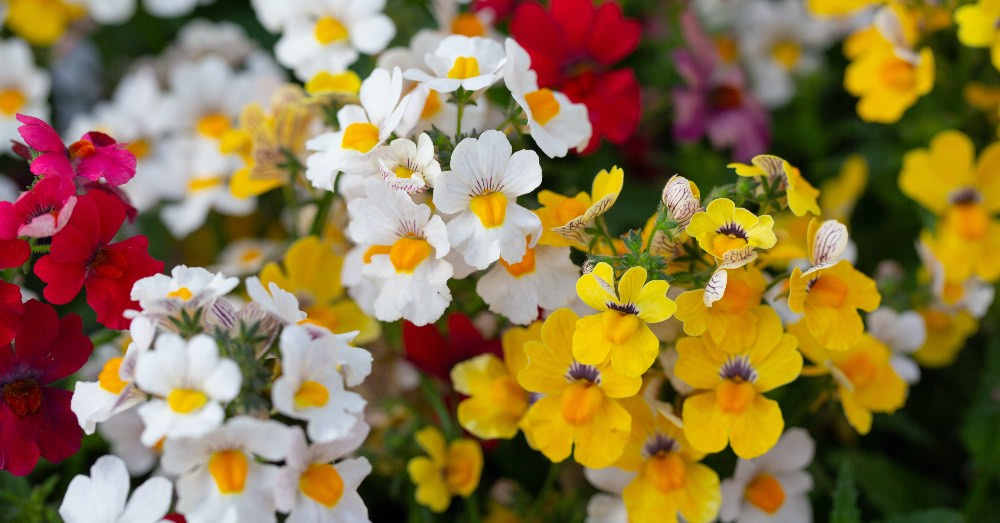
It is perfect to fill any space with color and joy in the summer months. Despite not being very popular, Nemesia and its care make it an essential plant for flower lovers. An ideal candidate for just about any planting space you can think of. We can count on it if we consider how to make a rockery for the garden, if we are looking for plants to have in pots or even if we want to create a blanket full of life on the garden floor. Whatever our idea, the answer is yes: it can be adapted without problems. What’s more: despite being part of the list of outdoor plants, it even admits that we have it inside the house.
The main reason why these seasonal plants are irresistible is their flowering. Not only is it extremely generous, but it also has flowers of great ornamental value that grow in clusters. Despite their modest size, since they range between two and four centimeters, they are extremely spectacular. And not only because we can enjoy an incredible range of colors that range from white to red, passing through shades such as lilac or fuchsia. In addition, they all share a singularity: the center of the flower, regardless of the color, is always yellow with more or less intensity.
And if, in addition to being striking and beautiful, we say that the care of the Nemesia is simple, who can resist not enjoying it? Impossible!
DISCOVER THE SIMPLE CARE OF THE NEMESIA
It is enough to see her flowers to fall in love with her. But we shouldn’t be carried away only by its beauty: in addition to the care of the Nemesia, it is convenient to know other fundamental details for the cultivation of this plant. The first of them: that it is an annual plant. Or, put another way, that it is highly likely that he will die once the summer is over. And we say probable because the Nemesia, grown indoors, can even live for years, although it is not usual.
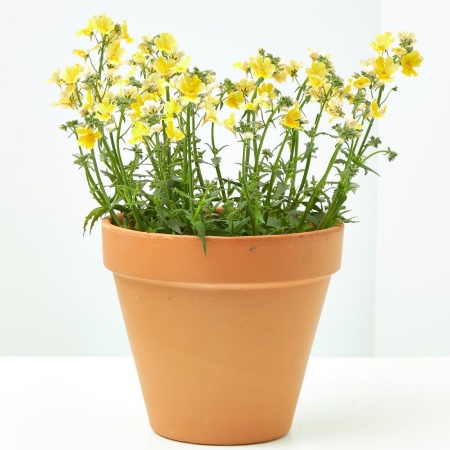
As important as this is knowing another of its characteristics. The Nemesia is a branched herbaceous plant that can reach a height of between 20 and 50 centimeters, and is characterized by leaves with serrated margins that are intensely green and that grow copiously. A detail that might seem minor to us, but that is essential for its unique flowers to stand out even more.
And one more curiosity before seeing what the care of the Nemesia is. If we look at its flowers, which usually have four petals, we will discover that the lower ones are always larger than the upper ones. The reason? That, in reality, it is a couple of them who grow up together.
1. The location, one of the cares of the Nemesia that will not have to worry us
And we say this because its ability to adapt is at least! amazing. Grown outdoors, it lives without problems in full sun or semi-shade. Of course: if we decide to have it as part of our indoor plants, we will have to find an extremely bright location for it.
The only real precaution that we have to take regarding the place of planting is to try to avoid being exposed to the wind.
2. The temperature, a surprising aspect given its origins
If we start by saying that it is a plant of South African origin, we could make the mistake of thinking that it is a great heat lover. And we would be wrong. Despite coming from where it does, the Nemesia does not tolerate extreme temperatures, not even when the thermometer rises, but much less when it falls. Being subjected to too much heat or cold is synonymous with death.
Therefore, if we live in an excessively hot climate, it should be planted in semi-shade.
3. The type of soil, the only requirement in the care of the Nemesia
And it really isn’t either! Because, despite the fact that she feels more comfortable in a slightly acidic substrate, she lives with health and well-being in a universal substrate. So no: you will not have to investigate which soil is best for plants of this type because, again, their ability to adapt is amazing.
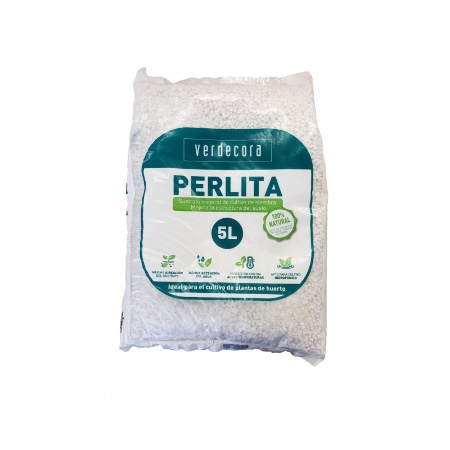
Of course: when we plant our Nemesia, it is essential that 30% of the total substrate is perlite. An essential element to favor excess irrigation but also to maintain that certain humidity in the soil that it demands.
4. Watering, regular and frequent
Another aspect that surprises knowing where the Nemesia comes from and that, precisely for this reason, it receives the nickname «the jewel of the Cape». As South African as it is, no: we will never include it in our list of drought resistant plants. In fact, it is essential to have something clear: if you are thirsty, it is highly likely that you will become weak and ill.
For this reason, we must be regular with irrigation. Especially in the spring and summer months, the Nemesia requires regular watering as part of its care to thoroughly soak the substrate. And no: it does not tolerate waterlogging, so it is not a good idea to leave a plate under the pot with water.
As important as this is to remember that it is not convenient to wet neither its leaves nor its flowers.
5. The subscriber, fundamental in the flowering season
Clearly, in order to maintain that consistent and abundant flowering rate, she needs help. And, for this, nothing like regularly using a liquid fertilizer for flowering plants as part of the irrigation.
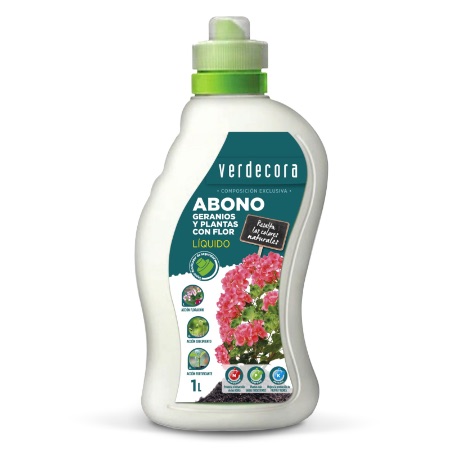
To keep our Nemesia nourished, it will be essential that we fertilize it regularly from the beginning of spring to the end of summer.
6. Pruning, a minor task
So minor that it only involves removing the flowers that have finished their cycle. A way to allow it to concentrate on creating new flowers, avoiding with this pruning that the plant allocates resources to feed those that are already withered.
7. Plagues, enemies to watch closely
Although it is true that, rigorously complying with the care of the Nemesia, it is rare for them to appear; she is not exempt from these enemies. Although let’s be clear: a well cared for plant is highly resistant to pest attacks. Something that should be known so that, if we have to see ourselves in the position of learning to eliminate pests in plants, we have something clear: the presence of them is, in short, a symptom of weakness of our plants.
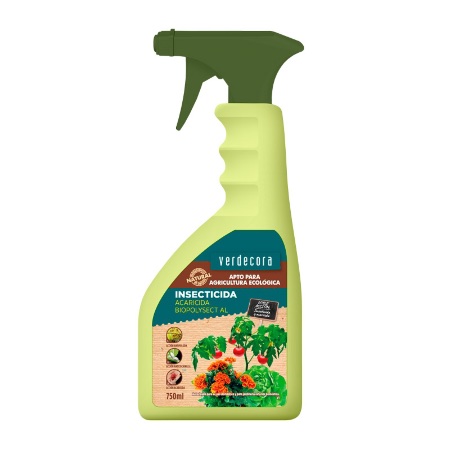
In the case of Nemesia, it has two natural enemies: the aphid and the red spider mite. But, even more worrying than them, are fungal diseases: some that can appear if we water improperly and excessively.
And ready! Now that you know the care of the Nemesia, do you dare to enjoy it up close?

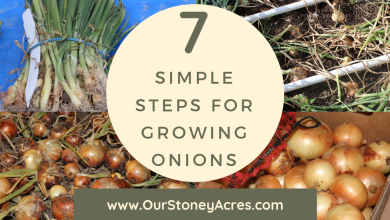
![Photo of How to Get Rid of Grass: [8 Effective Methods]](https://www.complete-gardening.com/wp-content/uploads/2022/08/how-to-get-rid-of-grass-8-effective-methods-390x220.jpg)
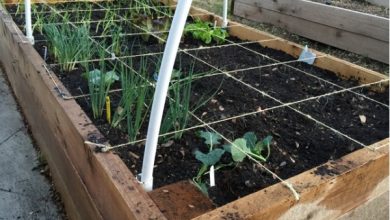
![Photo of Apple Tree Diseases and Pests: [Identification and Treatment]](https://www.complete-gardening.com/wp-content/uploads/2021/06/qué-necesitamos-para-sembrar-un-manzano-390x220.jpg)